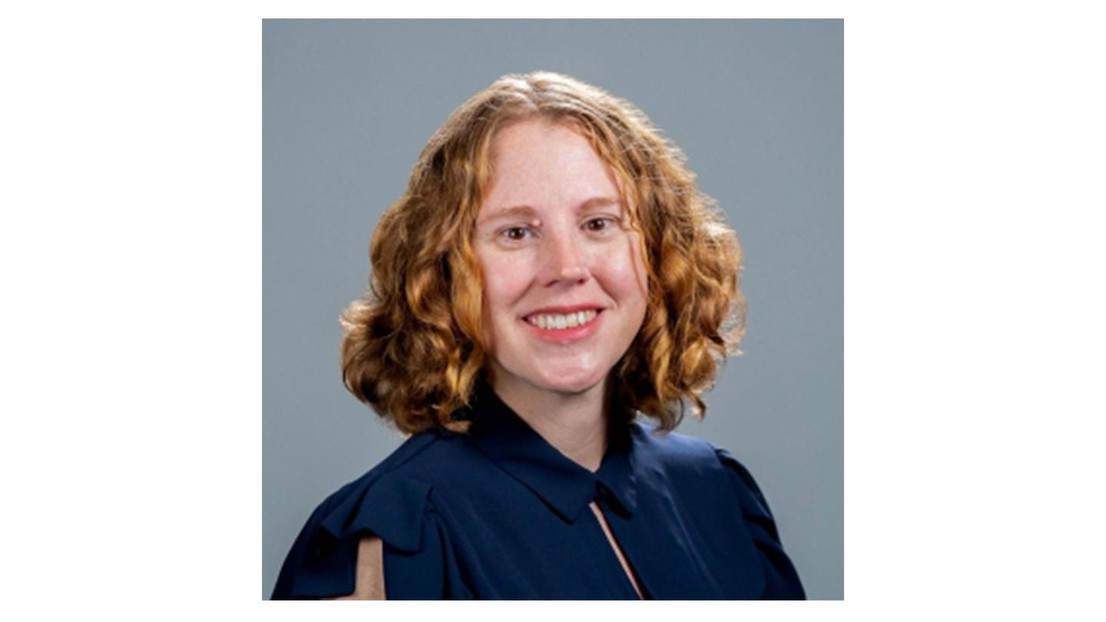Invited Seminar by Prof. Tracy Becker

© 2025 EPFL
Hybrid simulation with model updating: an application of incorporating rotational bearing behavior for bridges with tall piers
Speaker: Tracy Becker, Associate Professor, University of California at Berkeley, USA
Tuesday May 6 2025
Room GC G1 515
Time: 12h00 to 13h00
Abstract: Model updating can enhance hybrid simulation by utilizing the experimental data from the physically tested substructure to update the parameters of like components in the numerical substructure throughout the test, improving the overall accuracy and reducing the extent of the experimental setup. Identifying and updating parameters can be challenging, especially when coupling between degrees of freedom must be considered or the specimen experiences loading scenarios which result in newly observed behavior. To explore the performance of model updating under these challenging conditions, a large-scale hybrid simulation was conducted using a model of a bridge with seismic isolation lead rubber bearings (LRB) located on tall, flexible piers. The traditional design of isolation assumes that the upper and lower framing components are stiff and, as such, bearing end-plates remain parallel. However, with flexible framing members, this is no longer true, which can significantly affect the lateral stiffness of bearings. One LRB was physically tested considering axial, shear, and rotational loading, while the remainder of the bearings were simulated and updated. The bridge was analyzed to determine the seismic demands on the isolation bearings under these end conditions and quantify any effects on bridge or bearing demands due to the consideration of rotations.
Short Bio: Tracy Becker has expertise in the design, modeling, and experimental testing of high-performance structural systems used for limiting structural and component losses in seismic events. Her research has focused on expanding the use of seismic isolation to a broader category of structures, understanding ultimate failure mechanisms of isolated buildings to ensure robust designs, and improving existing control systems to further minimize structural responses in seismic events. As part of this work, she conducted the first bidirectional tests of triple friction pendulum bearings, the first dynamic failure tests of double concave bearings, as well as multiple other experimental programs. The data from her work has been used to develop new models and propose new design guidance for these systems. She received her BS in Structural Engineering from UC San Diego followed by her MS and PhD in Structural Engineering, Mechanics and Materials from UC Berkeley. Afterwards she was a Japanese Society for the Promotion of Science post-doctoral researcher at the Disaster Prevention Research Institute at Kyoto University.